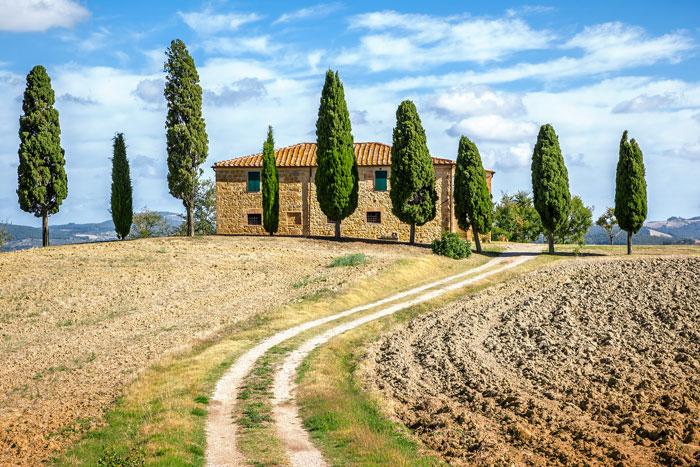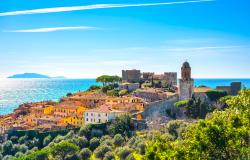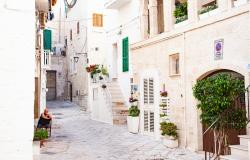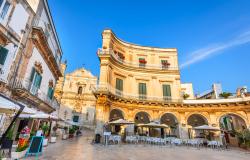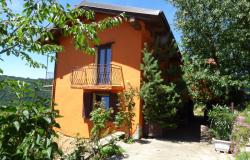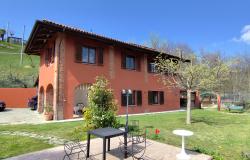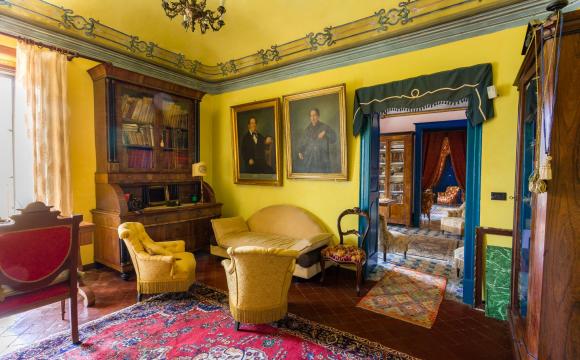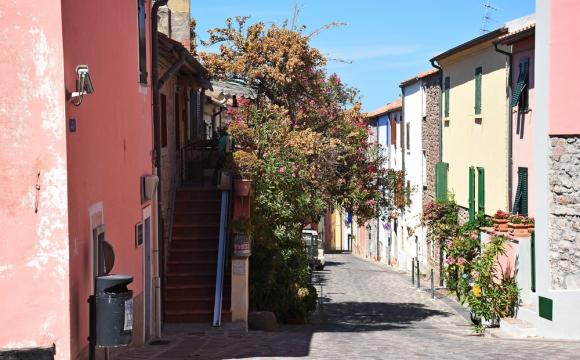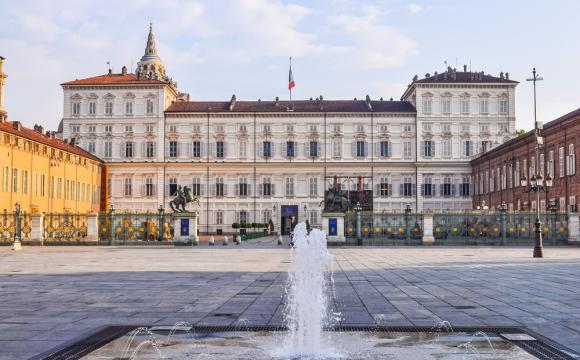In the first part of our "Buying a Property" guide, we looked at searching for the ideal Italian property and making an offer up to the compromesso, contract to buy. In this second part, we shall look at the final stages of the sale. (If you are at the beginning of your search, take a look at our story, Six Things to Consider Before Buying a Property in Italy.)
Before you can continue with your purchase, there are two things you must do: the first is to apply for an Italian tax code, codice fiscale. You can obtain one of these by applying at the local tax office or from the Italian consulate. For more information and to find your nearest tax office visit the Angloinfo website. The second thing you must do is to open an Italian bank account as it is impossible to purchase property without one. This makes owning a holiday home much simpler as it means that you can set up direct debits to meet the utility bills and any tax implications when you are out of the country. All that is required is your passport and an Italian address; many Italian banks now have online banking and will even agree to send any mail to your non-Italian address.

Contratto di Compravendita
The contract of sale is often referred to as il rogito and is the document that transfers ownership. The contract must be signed by both the vendor and buyer in the presence of your lawyer, notaio. This can be an amusing situation as due to Italian inheritance laws, you may discover that there can be many family members who own a portion of the property, and it is not unheard of for the notaio’s office to have 13, 14 or more family members on the opposite side of the table to the buyer.
Following the signing of the document it will be sent to the property registration office, conservatoria dei registry immobiliari and in due course you will receive the title deeds.

Fees
The fees charged by a notaio are usually around €1,500 and are fixed by the state as their job is to perform a public function; you will be expected to also pay registration costs and transfer of ownership fees along with your lawyer’s bill. Transfer taxes are calculated upon the declared value of the property and fall into two groups: those paid by people buying a property with the intention of applying for Italian residency and living at the property, and those who are buying it solely as a holiday home. For residents the tax payable is 3% (to qualify you have a limited time in which to apply for residency) and for non-residents the tax is 10%.
Don’t forget you will also have the agent’s fees if you purchased through an agency, and also IVA, the Italian form of VAT and any survey or translator fees you may have requested.
Once all the signatures have been obtained and the fees paid you can walk out of your lawyer’s office the proud owner of your very own piece of Italy. Buying in Italy is literally a straightforward and simple exercise.
